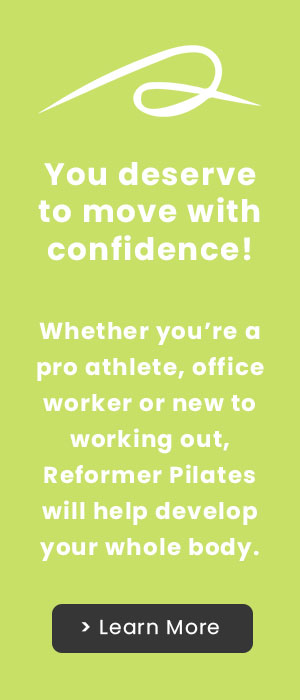Are strong bones the answer to eternal youth?
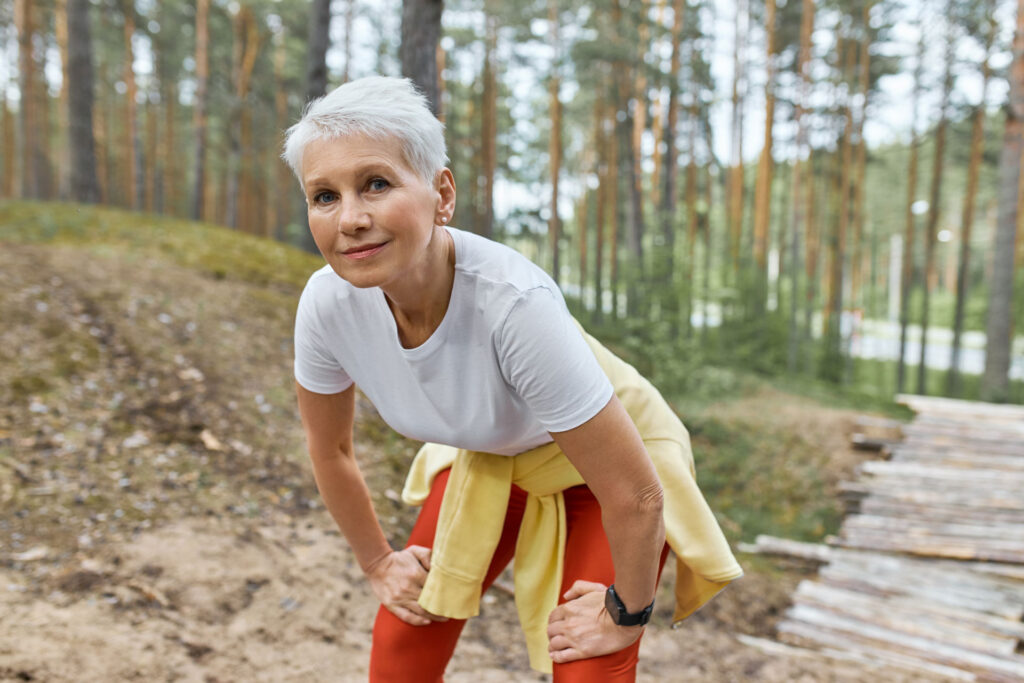
Did you know that bone and tooth enamel is the hardest mineral substances in your body? You most likely value having a healthy smile with strong teeth, but how many of you consider the importance of strong bones until a problem develops?
Strong bone strength increases balance and support for your body and helps maintain good posture (which can make you feel more youthful). But most people think that you don’t have to worry about bone strength until you’re “older”. In reality, our bone mass is much like our superannuation. You need to invest wisely in developing bone strength when you’re young, and then spend wisely as you age! So you are never too young to consider a healthy bone program.
Our bones protect our brain, heart, and other organs from injury, and, of course, allow us to move. They allow us to partake in busy family life and social activities, such as dancing, and sports, think Saturday tennis and Sunday golf!
So by now, you may be thinking, “Ok, Building healthy bones is essential. But how do I do that?”
Here are our top three go-tos to maintain healthy, strong bones:
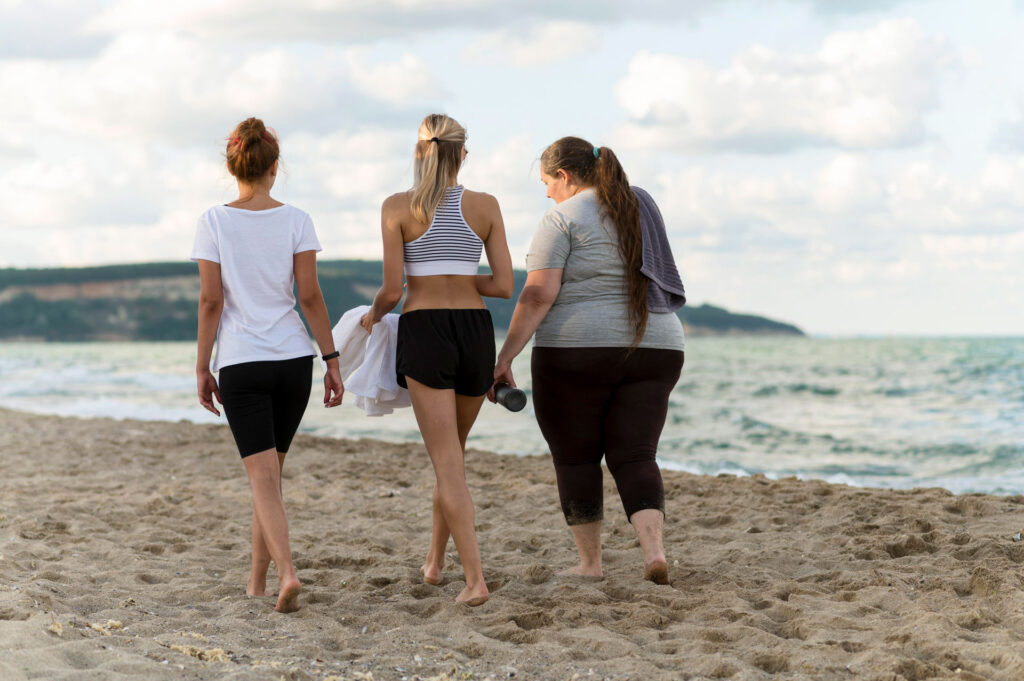
1. Perform Weight-bearing Exercise
Like all tissues in the body, your bones respond to forces applied to them by laying down more bone in the areas of stress. And the best way to do this is through weight-bearing exercise. Sitting on a bike or going for a swim may be great for cardiovascular fitness, nothing beats upright exercise like walking or running when it comes to building bone strength.
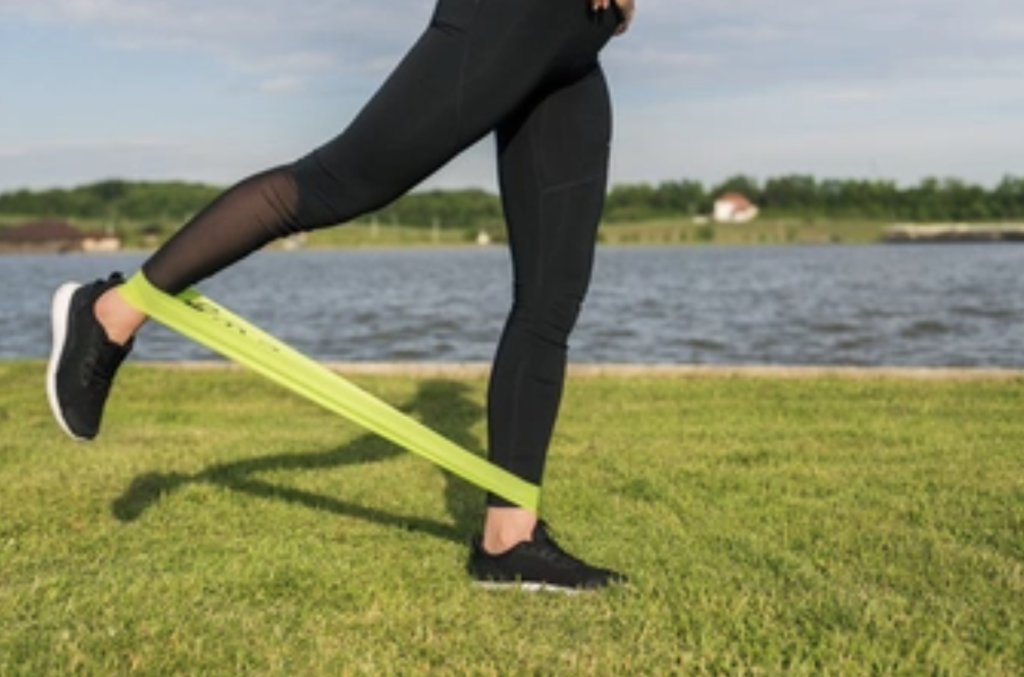
2. Perform Strength Training Exercises
When muscles are activated under load, they produce a stimulus to the bone to strengthen itself. Does that mean you have to join a gym and start hanging out with the powerlifters? Not if that’s not your thing. Strength exercises can be performed at home using bodyweight such as push-ups and squats. Exercise bands have also been shown to be highly effective for building muscle strength. And of course, there’s always our favourite- Reformer Pilates – to add some variety and strengthening to your workout routine.
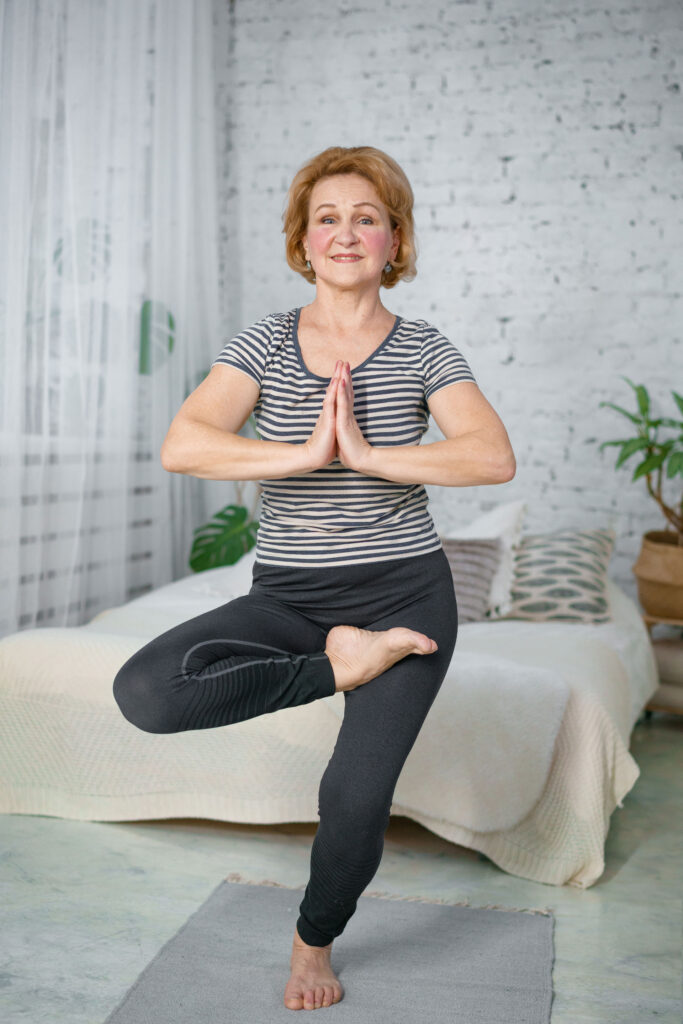
3. Improve your balance
Even if your bones are strong, your risk of injury is much higher if you have poor balance.
Try this simple test: Stand on one leg with your eyes closed. Can you hold this position for 30 secs without having to place your other foot down or hold on to something? You may be surprised how hard this is.
We suggest adding some balance work to your weekly routine. Get off the paved footpath and head for the uneven terrain of the hills. And if that isn’t possible – try brushing your teeth each day whilst standing on one leg. You’ll be surprised how quickly this simple trick will make a difference.
The conclusion?
Bone health is essential at all stages of life. Having strong bones is something people tend to take for granted, as symptoms often don’t appear until bone loss is advanced.
Fortunately, there are many habits that can help build and maintain strong bones, including reformer pilates. And remember, it’s never too late to start!
